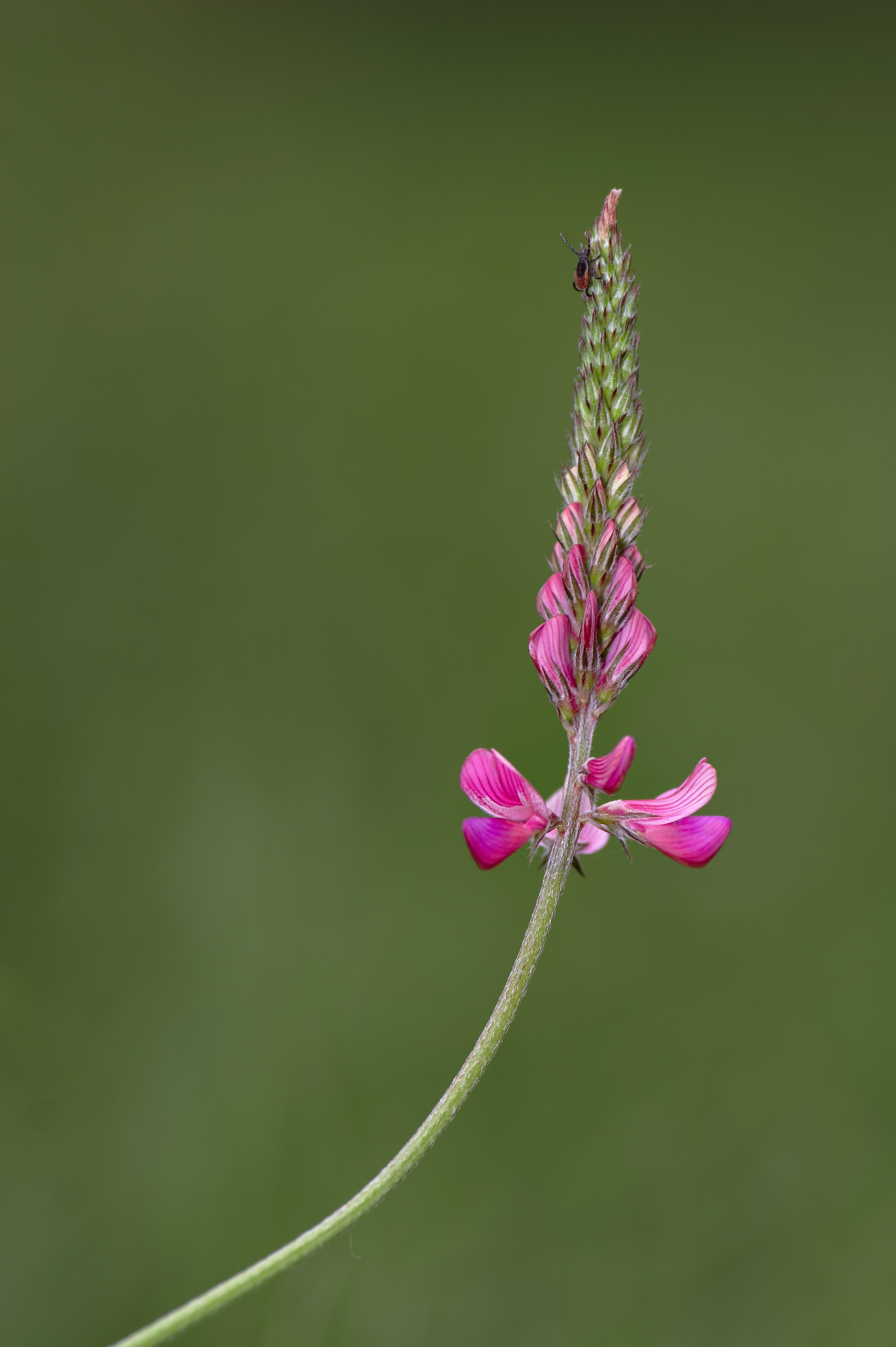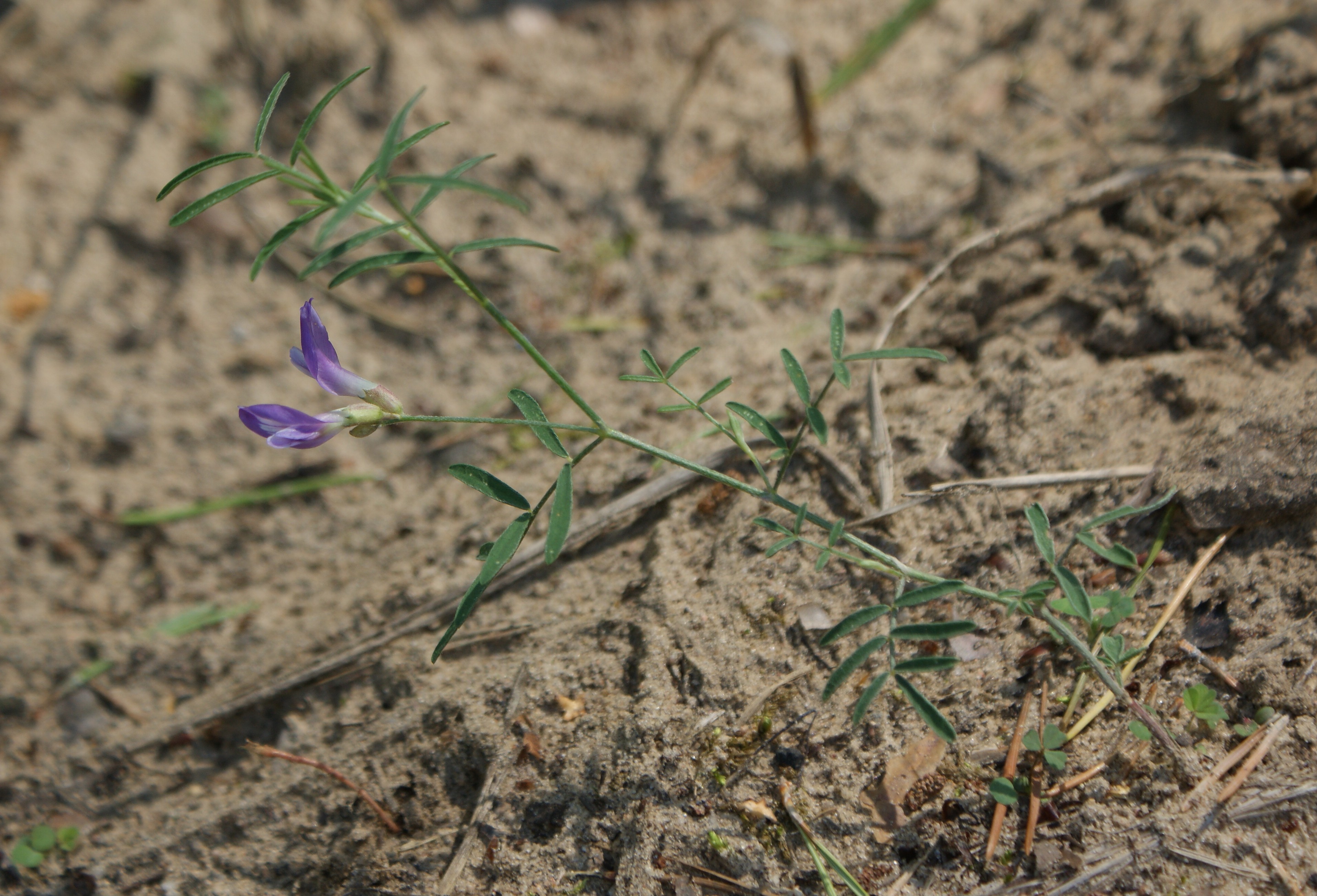|
Coleophora Onobrychiella
''Coleophora onobrychiella'' is a moth of the family Coleophoridae. It is found from Sweden to the Pyrenees, Italy and Greece and from France to Romania. It is also found in China. The wingspan is 14–15 mm. The larvae feed on ''Astragalus arenarius'', ''Astragalus hamosus'', ''Astragalus onobrychis'', ''Genista tincoria'', ''Hippocrepis comosa'', ''Onobrychis sativa'', ''Onobrychis saxatilis'', ''Onobrychis supina'' and ''Onobrychis viciifolia''. Larvae can be found from autumn to the following June. References Coleophora, omanica Moths of Europe Moths of Asia Moths described in 1849 {{Coleophoridae-stub ... [...More Info...] [...Related Items...] OR: [Wikipedia] [Google] [Baidu] |
Philipp Christoph Zeller
Philipp Christoph Zeller (8 April 1808 – 27 March 1883) was a German entomologist. Zeller was born at Steinheim an der Murr, Württemberg, two miles from Marbach, the birthplace of Schiller. The family moved to Frankfurt (Oder) where Philipp went to the gymnasium where natural history was not taught. Instead, helped by Alois Metzner, he taught himself entomology mainly by copying books. Copying and hence memorising, developed in response to early financial privation became a lifetime habit. Zeller went next to the University of Berlin where he became a candidat, which is the first degree, obtained after two or three years' study around 1833. The subject was philology. He became an Oberlehrer or senior primary school teacher in Glogau in 1835. Then he became an instructor at the secondary school in Frankfurt (Oder) and in 1860 he was appointed as the senior instructor of the highest technical high school in Meseritz. He resigned this post after leaving in 1869 for St ... [...More Info...] [...Related Items...] OR: [Wikipedia] [Google] [Baidu] |
Astragalus Hamosus .
''Astragalus hamosus'', the southern milk vetch or European milk vetch, is a plant in the family Fabaceae Fabaceae () or Leguminosae,International Code of Nomen ... Sources References hamosus Flora of Malta {{Astragalus-stub ...[...More Info...] [...Related Items...] OR: [Wikipedia] [Google] [Baidu] |
Moths Of Europe
Moths are a group of insects that includes all members of the order Lepidoptera that are not butterflies. They were previously classified as suborder Heterocera, but the group is paraphyletic with respect to butterflies (suborder Rhopalocera) and neither subordinate taxon is used in modern classifications. Moths make up the vast majority of the order. There are approximately 160,000 species of moth, many of which have yet to be described. Most species of moth are nocturnal, although there are also crepuscular and diurnal species. Differences between butterflies and moths While the butterflies form a monophyletic group, the moths, comprising the rest of the Lepidoptera, do not. Many attempts have been made to group the superfamilies of the Lepidoptera into natural groups, most of which fail because one of the two groups is not monophyletic: Microlepidoptera and Macrolepidoptera, Heterocera and Rhopalocera, Jugatae and Frenatae, Monotrysia, and Ditrysia.Scoble, MJ 1 ... [...More Info...] [...Related Items...] OR: [Wikipedia] [Google] [Baidu] |
Coleophora
''Coleophora'' is a very large genus of moths of the family Coleophoridae. It contains some 1,350 described species. The genus is represented on all continents, but the majority are found in the Nearctic and Palaearctic regions. Many authors have tried splitting the genus into numerous smaller ones, but most of these have not become widely accepted. As with most members of the family, the larvae initially feed on the seeds, flowers or leaves of the host plant, but when larger, they feed externally and construct distinctive protective silken cases, often incorporating plant material. Many species have specific host plants; discarded larval cases are often scattered thickly on affected plants. Technical description Based on terms described in the article External morphology of Lepidoptera: Antennae 4/5, porrected in repose, often thickened with scales towards base, in male simple, basal joint long, usually with rough scales or projecting tuft. Labial palpi rather long, recurved, sec ... [...More Info...] [...Related Items...] OR: [Wikipedia] [Google] [Baidu] |
Onobrychis Viciifolia
''Onobrychis viciifolia'', also known as ''O. sativa'' or common sainfoin () was an important forage legume in temperate regions until the 1950s. During the Green Revolution it was replaced by high yielding alfalfa and clover species. Due to its anthelmintic properties, common sainfoin is a natural alternative to drugs to control nematode parasitism in the guts of small ruminants. This is the main reason why ''O. viciifolia'' returned to the scientific agenda in recent years.Berard N. C., Y. Wang, K. M. Wittenberg, D. O. Krause, B. E. Coulman, T. A. McAllister and K. H. Ominski, 2011. Condensed tannin concentrations found in vegetative and mature forage legumes grown in western Canada. Canadian Journal of Plant Sciences, 91: 669–675Boschma S. P., G. M. Lodge and S. Harden, 2011. Seasonal production of lucerne and other perennial legumes and herbs in a summer dominant rainfall zone. New Zealand Journal of Agricultural Research, Vol. 54 (2): 105–114Carbonero C. H., I. Mueller-Ha ... [...More Info...] [...Related Items...] OR: [Wikipedia] [Google] [Baidu] |
Onobrychis Supina
__NOTOC__ ''Onobrychis'', the sainfoins, are a genus of Eurasian perennial herbaceous plants of the legume family (Fabaceae). About 206 species are presently accepted. The Flora Europaea lists 23 species of ''Onobrychis''; the main centre of diversity extends from Central Asia to Iran, with 56 species – 27 of which are endemic – in the latter country alone. '' O. viciifolia'' is naturalized throughout many countries in Europe and North America grasslands on calcareous soils. Description The leaves are pinnate, alternate, with 6 to 14 pairs of oblong to linear leaflets. Sainfoins have pale pink flowers, typically blooming between June and September and pollinated by honey bees and solitary bees. The rounded single-seeded pods bear prominent spikes or similar protrusions in many species, enabling them to cling to the fur of large mammals and be thus distributed. Taxonomy List of species The following species are considered at least provisionally valid by the ... [...More Info...] [...Related Items...] OR: [Wikipedia] [Google] [Baidu] |
Onobrychis Sativa
''Onobrychis viciifolia'', also known as ''O. sativa'' or common sainfoin () was an important forage legume in temperate regions until the 1950s. During the Green Revolution it was replaced by high yielding alfalfa and clover species. Due to its anthelmintic properties, common sainfoin is a natural alternative to drugs to control nematode parasitism in the guts of small ruminants. This is the main reason why ''O. viciifolia'' returned to the scientific agenda in recent years.Berard N. C., Y. Wang, K. M. Wittenberg, D. O. Krause, B. E. Coulman, T. A. McAllister and K. H. Ominski, 2011. Condensed tannin concentrations found in vegetative and mature forage legumes grown in western Canada. Canadian Journal of Plant Sciences, 91: 669–675Boschma S. P., G. M. Lodge and S. Harden, 2011. Seasonal production of lucerne and other perennial legumes and herbs in a summer dominant rainfall zone. New Zealand Journal of Agricultural Research, Vol. 54 (2): 105–114Carbonero C. H., I. Mueller-Ha ... [...More Info...] [...Related Items...] OR: [Wikipedia] [Google] [Baidu] |
Hippocrepis Comosa
''Hippocrepis comosa'', the horseshoe vetch, is a species of perennial flowering plant belonging to the genus '' Hippocrepis'' in the family Fabaceae. Description The overall appearance depends on its habitat: sometimes it forms upright clumps of flowers; at other times, it sends prostrate leafy runners over a wide area; sometimes it distributes itself as single flowers. The flowers are small, yellow or sometimes orange/red (becoming yellow as they mature), and of typical shape for the family Fabaceae: these appear for a period of two weeks around May.. Propagation The rate of seed production is variable: relatively low and sometimes negligible seed production. Seedlings remain the predominant method of extending its range. It has a low germination rate in the wild, although this can be improved in nurseries. Distribution ''Hippocrepis comosa'' is found in the UK, predominantly in the south.. Habitat ''Hippocrepis comosa'' is a calciole (found only on chalk and lime ... [...More Info...] [...Related Items...] OR: [Wikipedia] [Google] [Baidu] |
Genista Tincoria
''Genista'' is a genus of flowering plants in the legume family Fabaceae, native to open habitats such as moorland and pasture in Europe and western Asia. They include species commonly called broom, though the term may also refer to other genera, including ''Cytisus'' and ''Chamaecytisus''. Brooms in other genera are sometimes considered synonymous with ''Genista'': ''Echinospartum'', ''Retama'', ''Spartium'', ''Stauracanthus'', and ''Ulex''. Description They are mainly deciduous shrubs and trees, often with brush-like foliage, often spiny to deter browsing, and masses of small, pea-like yellow blooms which are sometimes fragrant. Many of the species have flowers that open explosively when alighted on by an insect, the style flying through the upper seam of the keel and striking the underside of the insect, followed by a shower of pollen that coats the insect. The name of the Plantagenet royal line, which reigned in England from 1154 to 1485, is derived from this genus, being ... [...More Info...] [...Related Items...] OR: [Wikipedia] [Google] [Baidu] |
Astragalus Onobrychis
Astragalus may refer to: * ''Astragalus'' (plant), a large genus of herbs and small shrubs *Astragalus (bone), the talus or ankle bone See also *Astragal An astragal is a Moulding (decorative), moulding profile composed of a half-round surface surrounded by two flat planes (Annulet (architecture), fillets). An astragal is sometimes referred to as a miniature torus. It can be an architecture, a ..., a moulding profile in architecture or woodwork {{disambiguation ... [...More Info...] [...Related Items...] OR: [Wikipedia] [Google] [Baidu] |
Astragalus Arenarius
''Astragalus arenarius'', the sand milk-vetch or sand milkvetch, is a species of milk vetch, milkvetch mostly found in Central and Eastern Europe, with populations in Russia stretching perhaps as far as the Urals, and a few instances in Sweden, Finland, and perhaps Denmark. The center of diversity appears to be in Central Russia. Its chromosome number is 2n=16. Description The somewhat recumbent ''A. arenarius'' has slender branched stems from 10 to 40cm long, and typically reaches30 cm tall. It can be distinguished from its congeners by its having leaflets grouped in 2 to 6 pairs, 2 to 4mm wide by 10 to 20mm long; calyces that are characterized by having mostly strongly asymmetric bifurcate hairs; a standard (the large posterior petal seen in legume flowers) 15 to 17mm long; and legumes that 12 to 20 mmlong. Its petals range in color from light purple to lilac, and rarely can be white. The flowering time is from June to July. Ecology As the specific name implies it grows in san ... [...More Info...] [...Related Items...] OR: [Wikipedia] [Google] [Baidu] |



